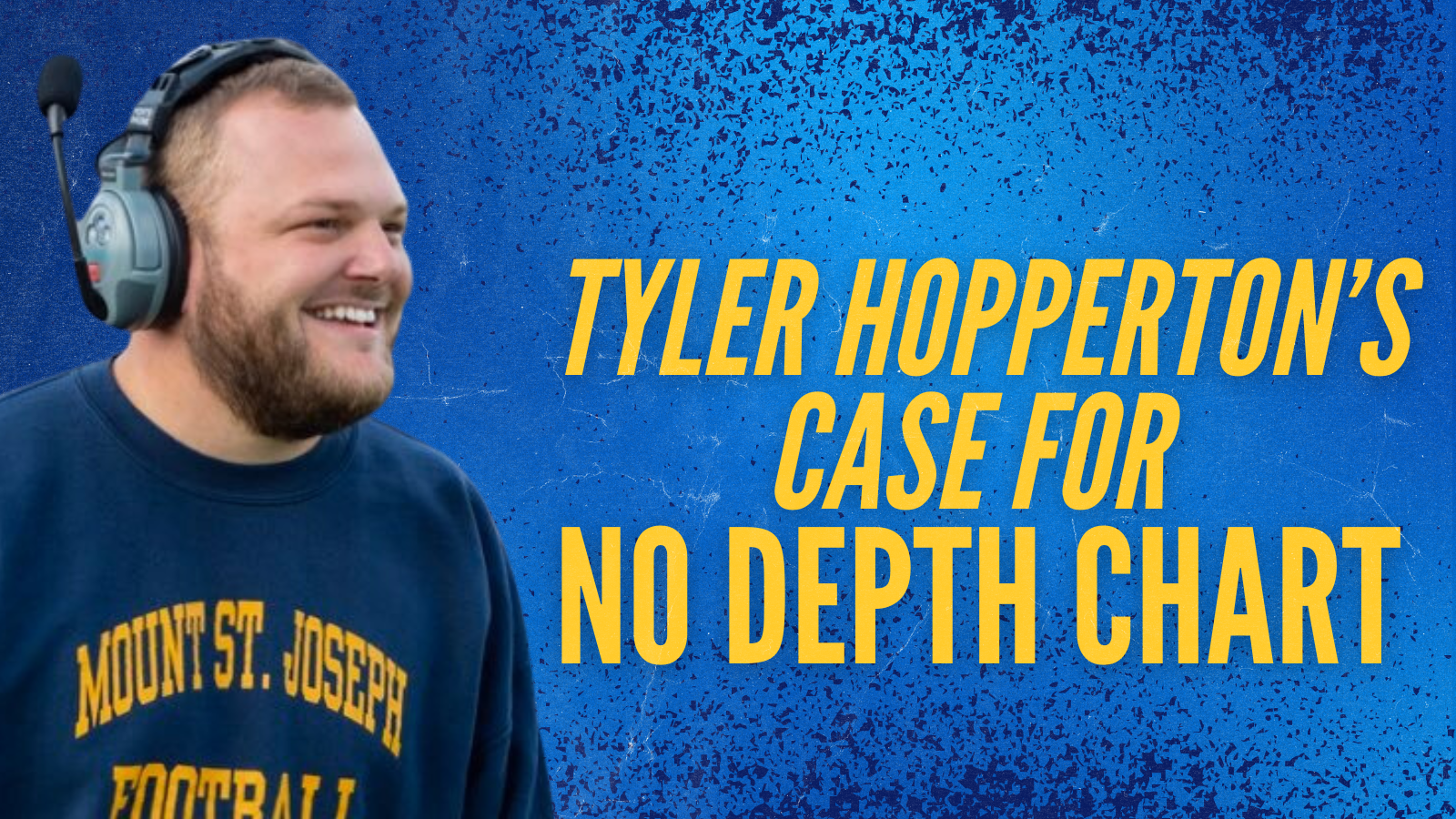
Tyler Hopperton’s Innovative Idea
At 27 and with no prior head coaching experience, Tyler Hopperton introduced a groundbreaking concept to his coaching staff during training camp: eliminating the traditional depth chart until the first scrimmage. Despite initial skepticism, Hopperton convinced his defensive coordinator, Rick, by highlighting the benefits of improved communication and opportunities for young players to learn from seasoned veterans.
Concept and Implementation of No Depth Chart
Hopperton’s revolutionary idea was based on the belief that a rigid depth chart during training camp could stifle the development of both freshmen and returning players. By avoiding predefined depth charts, he aimed to enhance the learning experience for all team members. This involved mixing groups every few days to find the right combinations and foster a deeper understanding of the game from seniors to freshmen.
Key Benefits of Eliminating the Depth Chart
- Enhanced Team Dynamics: Without a depth chart, freshmen could learn directly from experienced players, fostering leadership and accelerating development.
- Equal Opportunities: This system ensured players weren’t stuck behind others in their positions, allowing them to prove their worth more effectively.
- Comprehensive Evaluation: Coaches could evaluate players more fairly, with freshmen having the opportunity to showcase their potential without being overshadowed.
Practical Application at the Division III Level
In Division III football, where the timeframe from the first practice to the first varsity game is only three weeks, Hopperton’s method proved particularly effective. The approach allowed for a fairer and more comprehensive evaluation of players, provided valuable film footage, and maintained high morale and competition within the team. Coaches were assigned to different groups, ensuring every player had a chance to perform in front of key decision-makers.
Scrimmage and Team Performance
The first scrimmage, featuring a true number one unit, was a critical test for Hopperton’s system. Despite concerns about timing and team cohesion, the team performed well. The varied practice combinations prepared players for real-game scenarios, where injuries and substitutions often disrupt the starting lineup. This approach ensured that backup players and their teammates were familiar with the system, reducing the impact of injuries.
Long-Term Success and Championship Wins
Hopperton’s no-depth-chart strategy proved its worth throughout the season, leading the team to win significant games and secure championships. This success validated Hopperton’s belief in the system and demonstrated its effectiveness in fostering a competitive, cohesive team.
Recruiting Advantages
This innovative approach also positively impacted recruiting. By promising equal reps for a few weeks, Hopperton attracted talented players with the assurance of a fair opportunity to compete. This transparency in the recruitment process helped build a competitive mindset from the outset, aligning with the team’s overall philosophy.
Conclusion
Tyler Hopperton’s innovative approach to training camp, which eliminated the traditional depth chart, has redefined team preparation and development. This system enhances player knowledge and leadership and ensures fair competition and readiness for real-game situations. Hopperton’s success with this method offers valuable insights for other coaches looking to maximize their team’s potential in a limited timeframe.
Listen to Coach Hopperton discuss his “no depth chart” philosophy and other ideas that raise the bar on his Coach and Coordinator episode: Ideas that Raise the Bar


